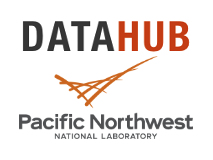Person
Dr. Bernstein is an Associate Professor in UiT's Arctic Centre for Sustainable Energy (ARC). He specializes in genome-enabled bioengineering with microbes and microbial communities. His research is at the juxtaposition of biotechnology and microbial ecology as applied to the fields of sustainable...







